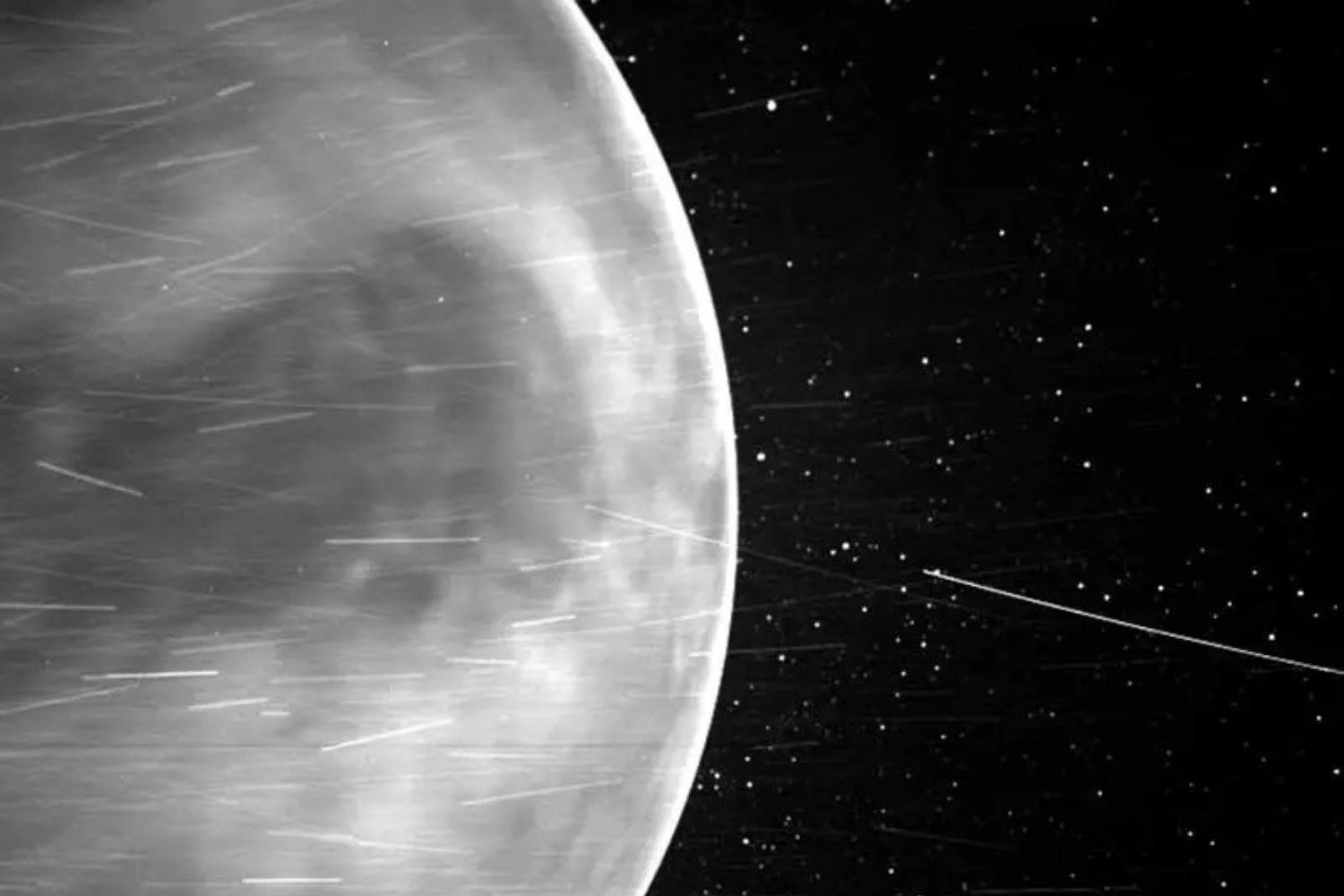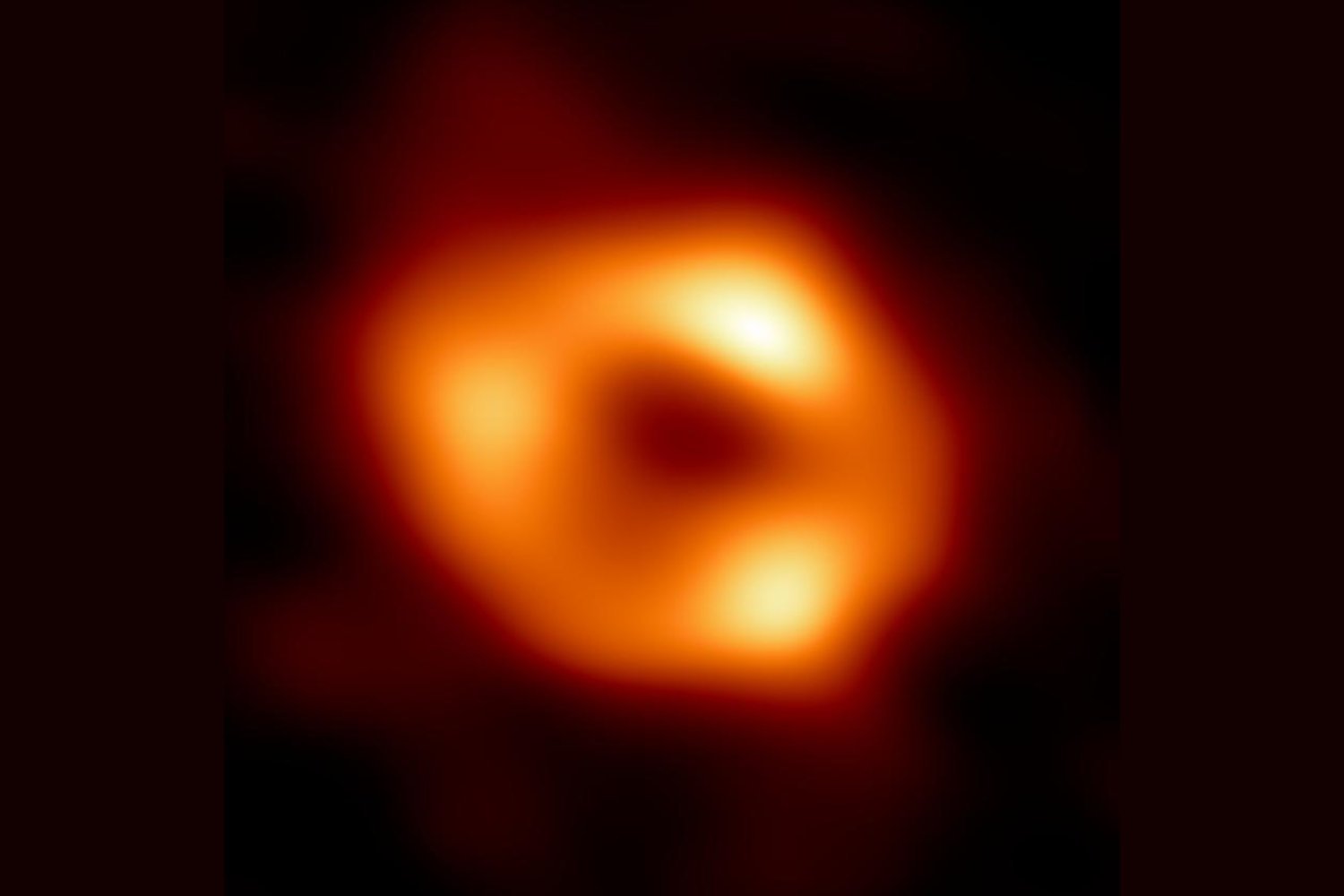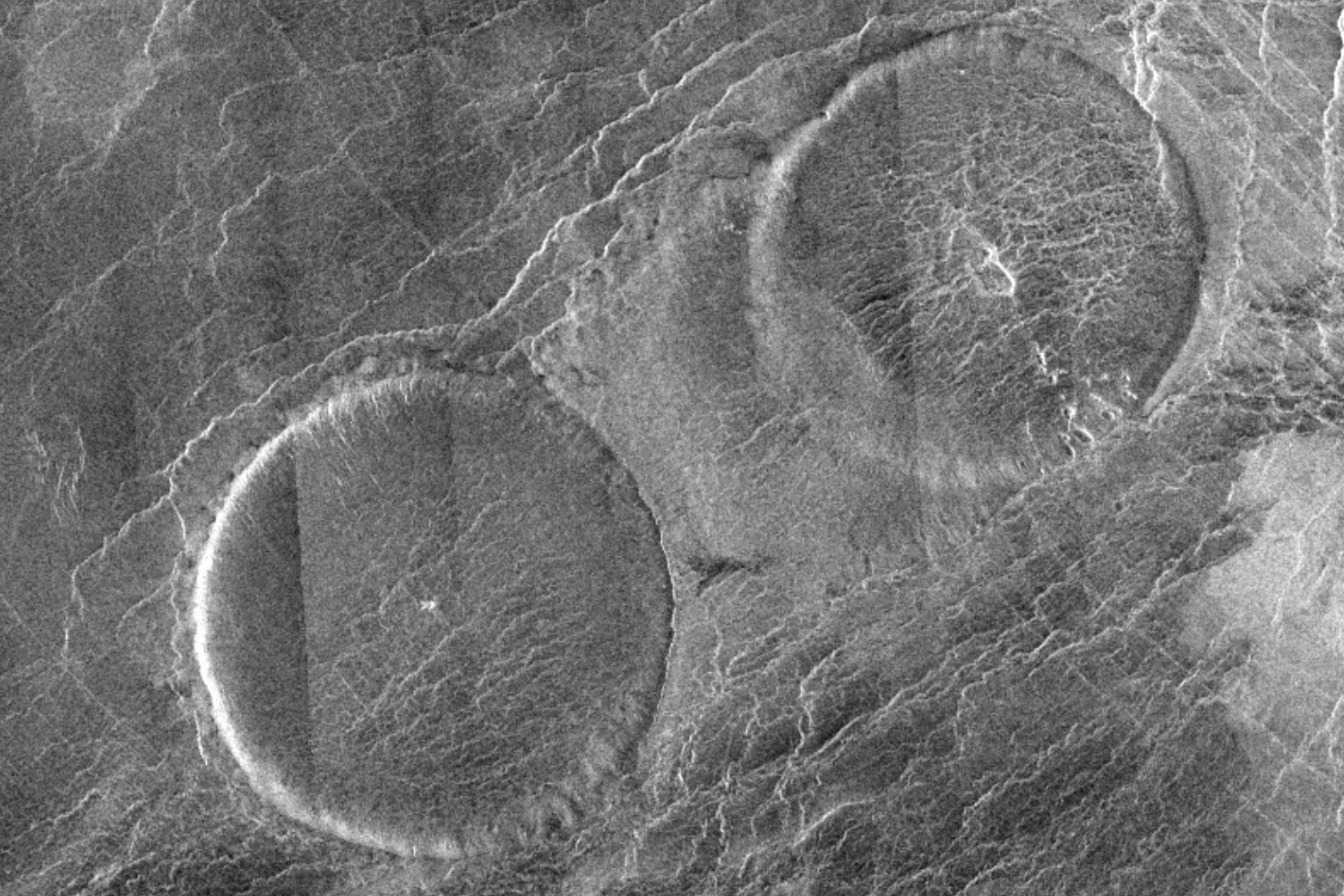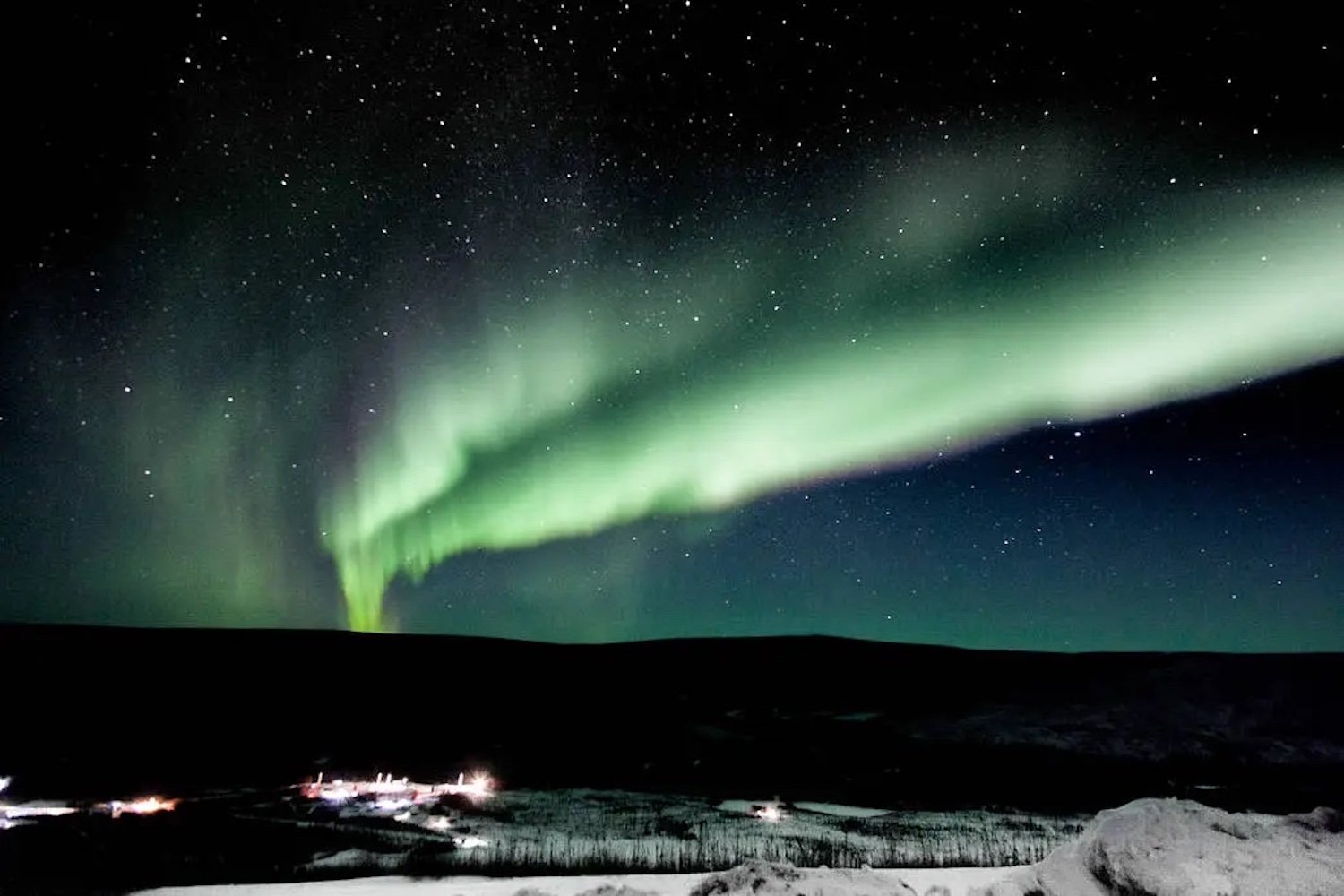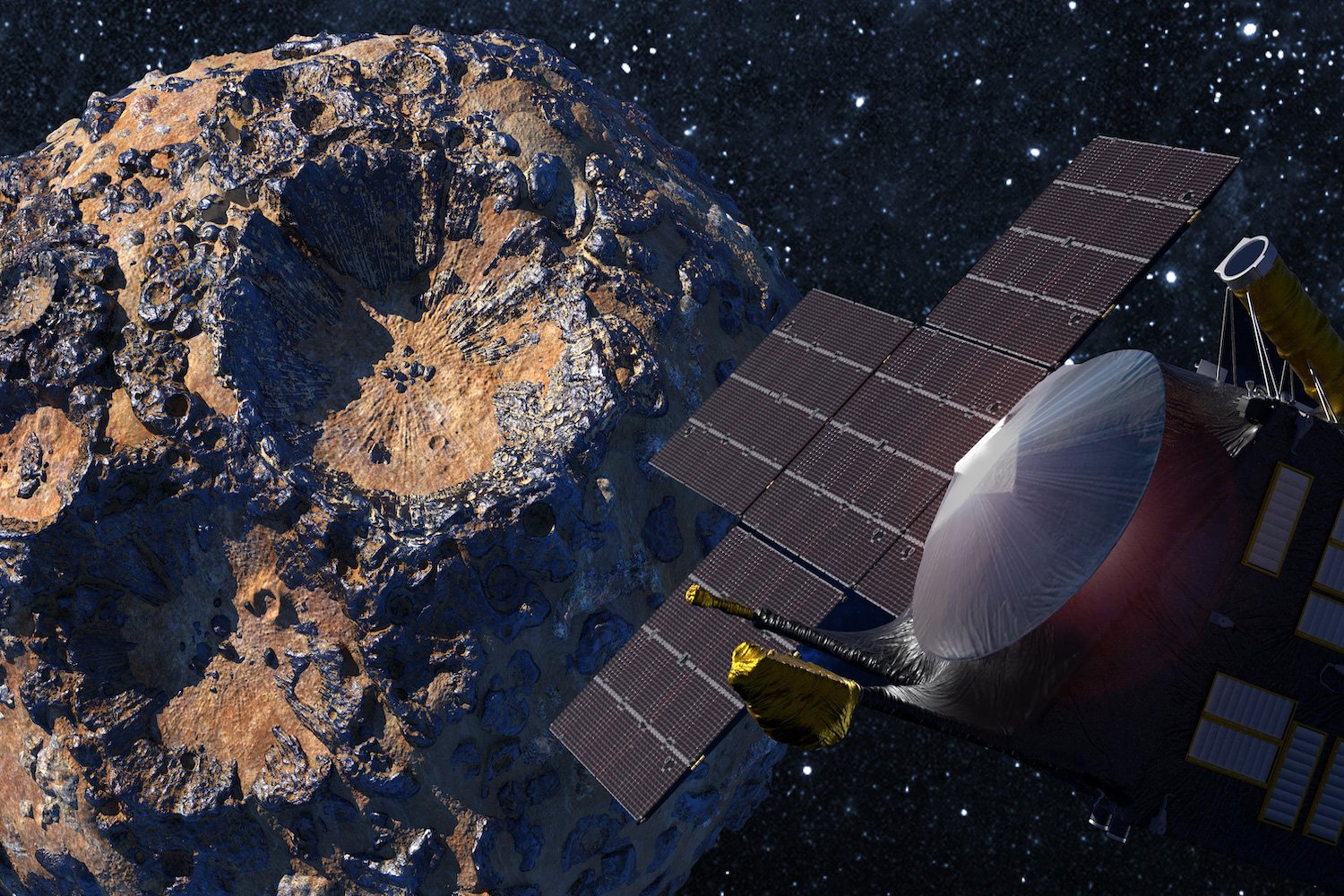Two decades ago, NASA was tasked by Congress with a significant mission: identify 90% of near-Earth asteroids capable of causing substantial harm. While astronomers have made considerable strides in tracking these rocky celestial bodies, a recent study highlights a previously underappreciated group of asteroids orbiting with Venus that could present a risk to our planet. These are known as Venus co-orbital asteroids.
These objects share a similar orbital path around the Sun as Venus. However, they are not merely passive companions. According to research pending review by the journal Astronomy & Astrophysics and currently available on arXiv, an as-yet-undetected population of these asteroids might pose a danger to Earth. Potentially hazardous asteroids (PHAs) are defined as those larger than 460 feet (140 meters) in diameter that approach within 0.05 astronomical units (approximately 4.6 million miles or 7.5 million kilometers) of Earth’s orbit.
Understanding the Elusive Venus Co-Orbitals
The study, led by Valerio Carruba from the University of São Paulo, suggests that the currently known 20 Venus co-orbital asteroids represent only a fraction of the total population. Detecting these additional objects is proving to be a significant challenge. “Current ground-based observations are constrained by periodic observing windows and solar elongation limitations,” the research team stated.
A critical factor for these asteroids is their “Lyapunov time,” estimated at around 150 years. Beyond this timeframe, their orbits become chaotic and unpredictable, a very short period in cosmic terms. This unpredictability complicates long-term risk assessment.
Assessing the Risk and Future Detection
To determine the potential threat, Carruba’s team developed digital simulations of these asteroids, modeling their orbital paths over 36,000 years. Their findings indicate “a sizable population of potential co-orbitals at lower eccentricity capable of numerous close encounters—and perhaps collisions—with Earth.” The primary difficulty in spotting these Venus co-orbital asteroids is the Sun’s overwhelming glare, restricting observations to narrow windows.
The upcoming Vera Rubin Observatory, slated to commence operations in July 2025, offers some hope for identifying some of these hidden objects. However, even its advanced capabilities may not be sufficient to uncover the entire population. The study authors propose that a space-based observatory, possibly a constellation of satellites or a single dedicated spacecraft orbiting near Venus, could be instrumental in their detection.
Given that even relatively small asteroids can unleash devastating energy upon impact, comparable to flattening a city, the search for these elusive Venus co-orbital asteroids is more than an academic pursuit. It is a crucial component of global planetary defense strategies, aiming to protect Earth from potential cosmic threats.
References
- Carruba, V. et al. (2024). Dynamics of Venus co-orbital asteroids. Hosted on arXiv: https://arxiv.org/abs/2505.15968 (Note: The original article’s link is preserved; actual arXiv ID for this topic by Carruba is arXiv:2405.15968)



